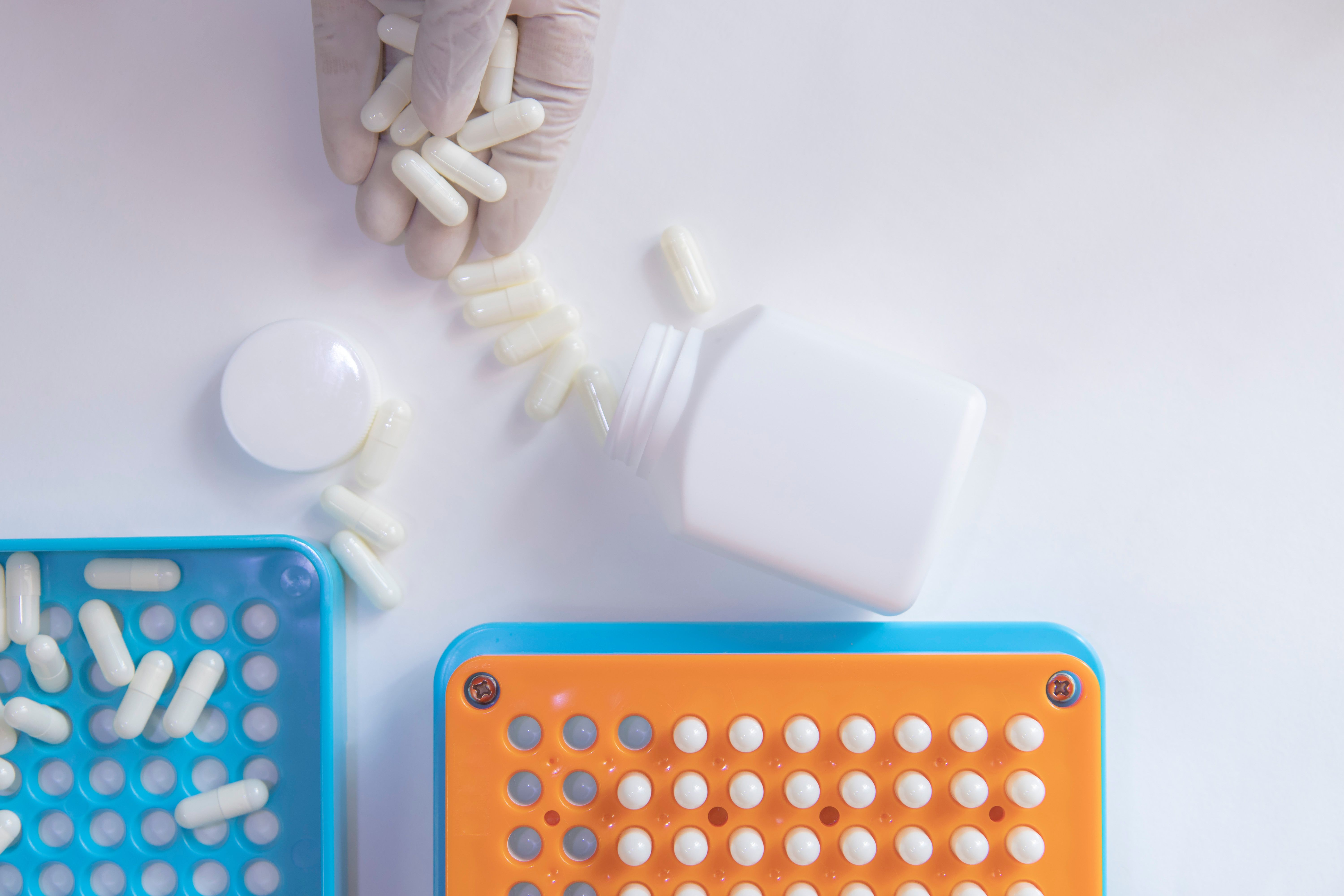About the Author
Karen Kobelski, MBA, is vice president and general manager of clinical surveillance compliance and data solutions at Wolters Kluwer Health.

Commentary
Article
Author(s):
Hospital compounding is gaining renewed attention amid drug shortages, regulatory changes, and labor challenges, prompting pharmacies to leverage advanced technology for safer, more efficient, and compliant medication preparation.
Pharmacy compounding has significantly declined over the decades, dropping from 60% of medications in the 1940s to just 1% of prescriptions today. Despite this, it now serves a strategic role in personalizing medicine and ensuring access during shortages or stock-outs.
Most recently, compounding was thrust into the limelight of consumer awareness with the rise of GLP-1s for weight management and diabetes. One key learning was a growing understanding from patients that there are other ways to obtain medications than just through drug companies. While this application may be receiving the most attention, more patients are likely impacted by the “behind the scenes” compounding that takes place in hospitals every day.
White pill capsules at a compounding pharmacy. Image Credit: © WP_7824 - stock.adobe.com

With increased scrutiny on compounding practices due to changing regulations, persistent staffing shortages, and evolving medication shortages, hospitals must adapt quickly. Leveraging advanced technology can optimize compounding processes, ensuring patients maintain access to essential medications.
Hospitals have long strived to balance in-house compounding with outsourced services and commercially available drugs. However, recent trends are disrupting this equilibrium. Drug shortages and the limited scope of 503B offerings are requiring hospital pharmacies to continuously reassess drug availability and sourcing options. As a result, many pharmacies are increasingly viewing sterile compounding within their own facilities as a strategy for maintaining supply control and adapting swiftly to fluctuating resources.
Compounding offers hospitals many benefits, including offering more control over quality and safety, delivering flexibility in medication inventory management and—in some cases—even adding a potential revenue stream for compounded outpatient medications. Similarly, when compounding takes place internally, the pharmacy can more readily adapt to medication shortages, changing patient needs and regulatory demands instead of relying on an outsourced vendor.
While there is significant upside to owning more of this production, hospital and pharmacy leadership should be prepared to navigate new regulatory and operational challenges.
The FDA doesn’t regulate specific compounded substances but does provide stringent guidance for the conditions within which compounding takes place. Similarly, guidelines from the United States Pharmacopeia (USP) specify explicit processes and documentation which must be followed to continue compounding practices.1 Older versions of USP guidelines were more flexible while the new chapter is more specific in what is required for compliance, including robust competency testing and environmental monitoring requirements. If these regulations are not met, facilities face severe financial penalties and citations that could impede their ability to treat patients.
Shortages act as a double-edged sword, creating the opportunity for compounding to fill critical gaps while adding new pressures to ensure preparations are available to treat patients, often in the face of limited resources. Pharmacies must decide if they need to add additional compounding staff to accommodate the new medication or strategically restructure their compounding plan to meet evolving needs. This agility is essential for compounding, ensuring hospitals can quickly compound needed medications.
These challenges highlight the need for stronger tracking and documentation, where technology can serve as a vital tool to ease the burden.
By facilitating the capture and reporting of data, technology can help navigate shifts in evolving industry regulations and the associated reporting requirements. Platforms can walk pharmacy teams through the specific steps and documentation required at each stage, facilitating adherence to safety standards and regulatory requirements. Further, detailed read-outs into resources and output can help hospitals adapt to fluctuating medication needs, ensuring they are optimizing their compounding operations.
With the enforcement of new USP guidelines in 2024, manual processes can’t keep up, leading pharmacy leaders to modernize their processes to adhere to the new guidance. At Cooper University Hospital,2 for example, data collection for quality assurance had been a challenge. Following the thousands of data points that are required for documentation using paper-based models was leading to gaps in their documentation. Adding advanced technology that documents and catalogues these steps automatically has turned a 3-day process into something that now takes the pharmacy leader 20 minutes. With resource and colleague shortages still plaguing pharmacies in 2025, these efficiencies can help strapped pharmacy teams ensure compliance with limited resources.
Karen Kobelski, MBA, is vice president and general manager of clinical surveillance compliance and data solutions at Wolters Kluwer Health.
As USP guidelines become more specific about the documentation, training and compliance requirements for compounding, hospitals can also turn to their peers to optimize their processes. By sharing key learnings about the implementation and onboarding of compounding practices and the associated technology, hospitals can streamline the learning curve for new technologies.
As hospitals look to expand and optimize compounding in the face of rising demands, increased regulations and labor shortages, technology that guides teams through their workflow and supports compliance is proving invaluable. Establishing this technology backbone now can help equip hospital pharmacy leaders to grapple with the next wave of challenges on the horizon while ensuring they have a flexible infrastructure in place to best support patient needs.
2 Commerce Drive
Cranbury, NJ 08512